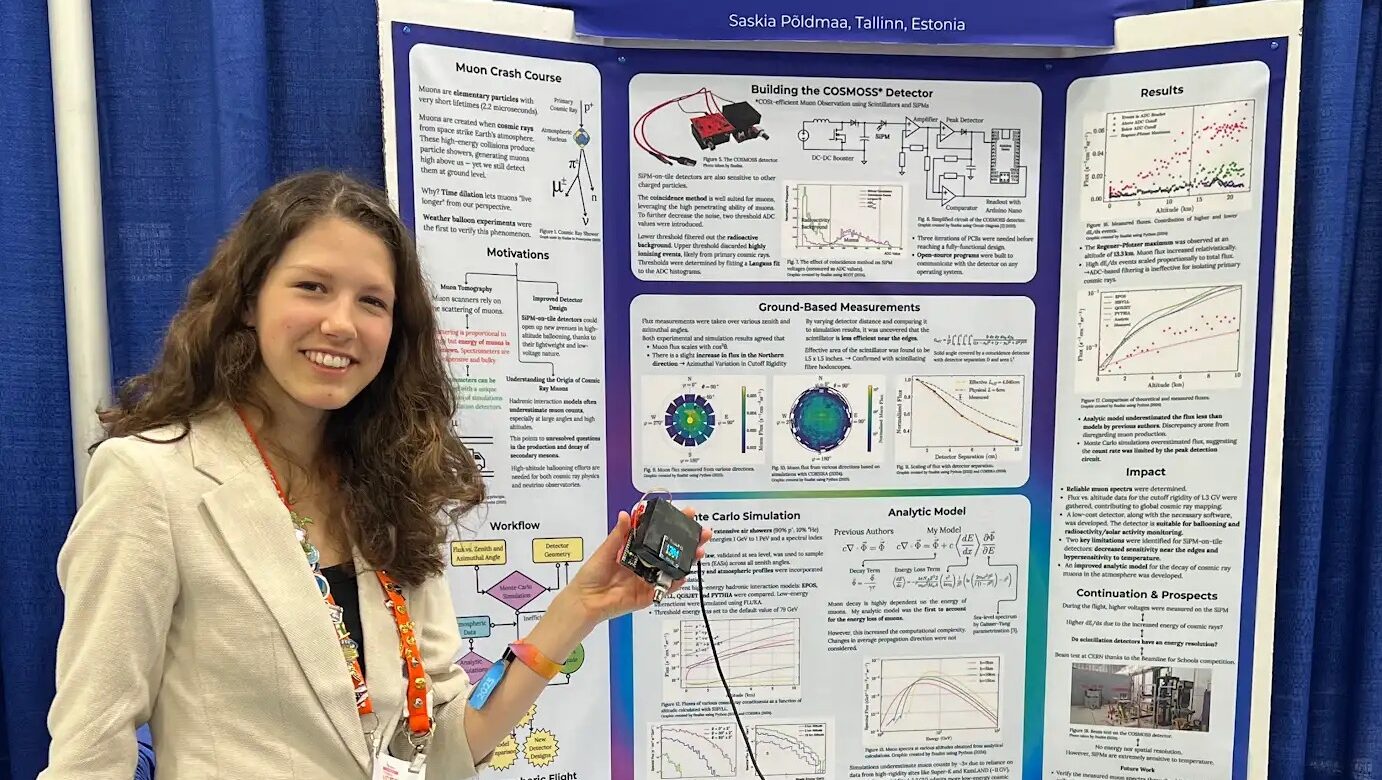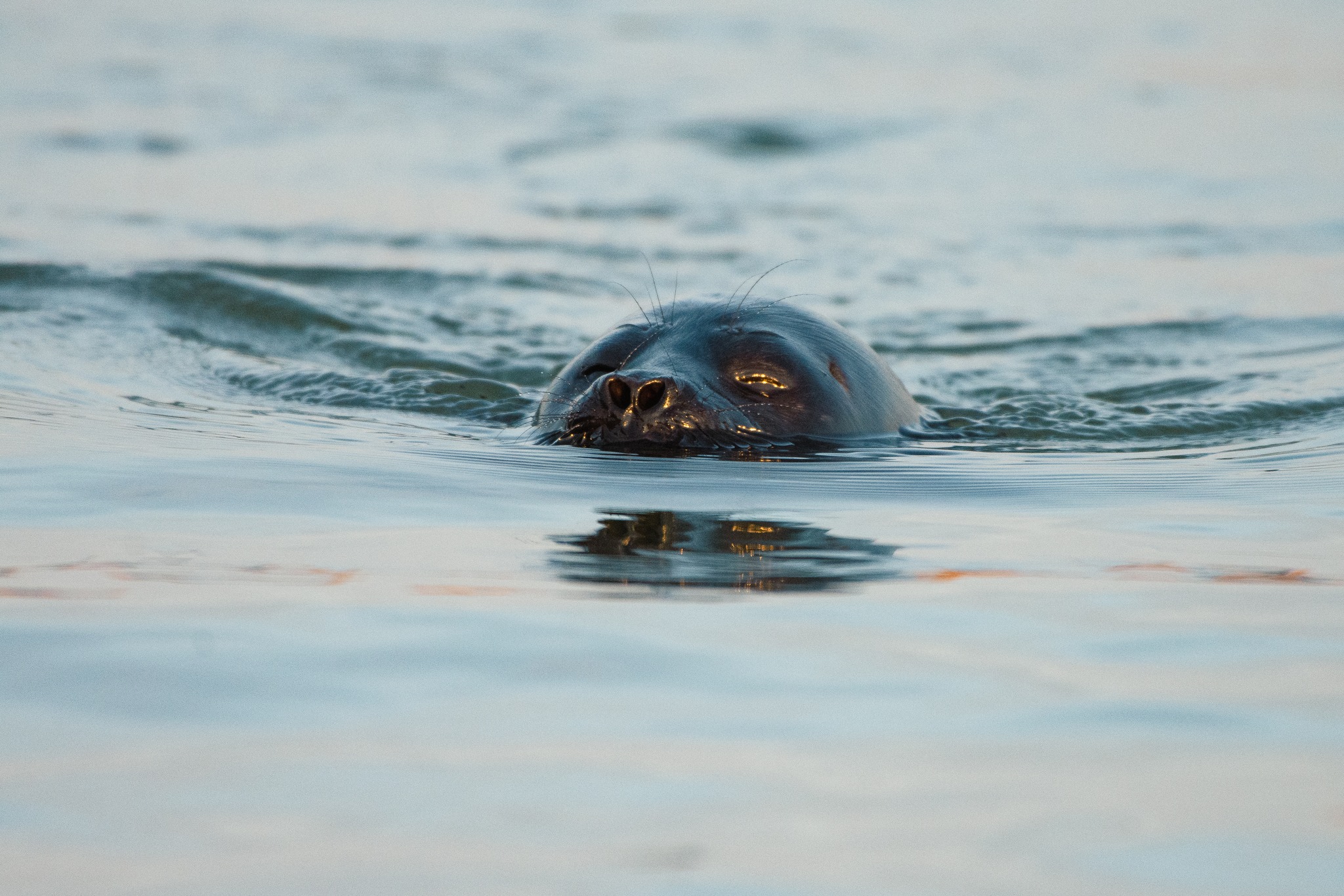Reading the September 19th, 1926 issue of Sakala newspaper, based in Viljandi, we are told about the “six large-scale industrial enterprises, 43 medium-sized industrial enterprises, and 308 small industries in Viljandi County.”
Even outside of Tallinn, industry had grown, and beyond serving the needs of the immediate surroundings. Four large factories were involved in textile manufacturing, including “Wiljandi linatööstuseühisuse linavabrikut” (“Viljandi Linen Industry Cooperative linen factory”) and a linen factory on Puiestee, near Viljandi’s railway station, with a 10-horsepower electric motor and 61 workers.
... Pohrt took a bold step by founding his own factory at 17 Vaksali Road in Viljandi, a spacious building that would soon hum with the activity of up to 100 workers.
One factory that really pushed things forward with its manufacturing, though, to the extent that history buffs are still discussing its output, is the machine factory founded by engineer Uno Pohrt in 1904. Pohrt, born in 1873, got his feet wet at factories in Dnipro and Mariupol, Ukraine, before rising to the role of manager at Luisenhütte machine factory in Kõpu, Viljandi County. From there, at age 31, Pohrt took a bold step by founding his own factory at 17 Vaksali Road in Viljandi, a spacious building that would soon hum with the activity of up to 100 workers.
Täismahus artikkel on loetav Eesti Elu tellijatele
Igal nädalal toome me sinuni kõige olulisemad kogukonna uudised ja eksklusiivsed lood uutelt kolumnistidelt. Räägime eestlastele südamelähedastest teemadest, kogukonna tegijatest ja sündmustest. Loodame sinu toele, et meie kogukonna leht jätkuks pikkadeks aastateks.
Hind alates $2.30 nädalas.



